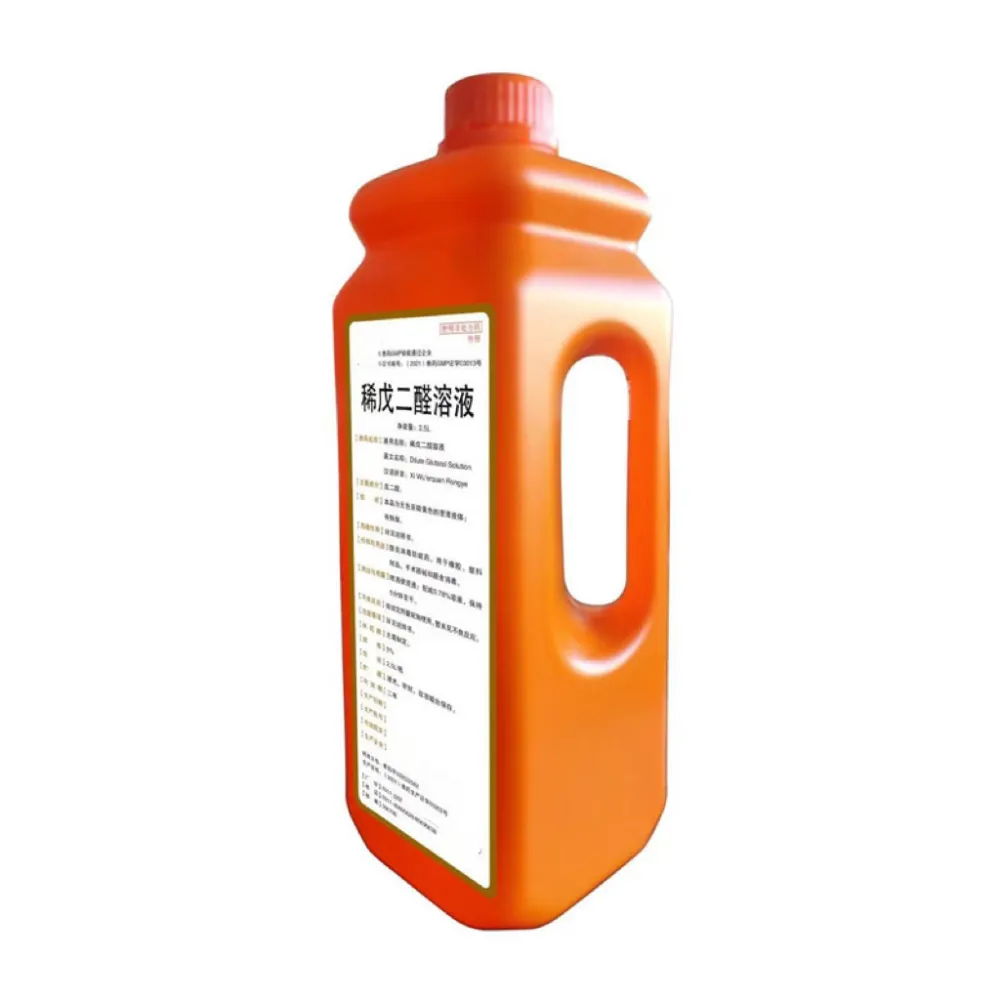- Afrikaans
- Albanian
- Amharic
- Arabic
- Armenian
- Azerbaijani
- Basque
- Belarusian
- Bengali
- Bosnian
- Bulgarian
- Catalan
- Cebuano
- Corsican
- Croatian
- Czech
- Danish
- Dutch
- English
- Esperanto
- Estonian
- Finnish
- French
- Frisian
- Galician
- Georgian
- German
- Greek
- Gujarati
- Haitian Creole
- hausa
- hawaiian
- Hebrew
- Hindi
- Miao
- Hungarian
- Icelandic
- igbo
- Indonesian
- irish
- Italian
- Japanese
- Javanese
- Kannada
- kazakh
- Khmer
- Rwandese
- Korean
- Kurdish
- Kyrgyz
- Lao
- Latin
- Latvian
- Lithuanian
- Luxembourgish
- Macedonian
- Malgashi
- Malay
- Malayalam
- Maltese
- Maori
- Marathi
- Mongolian
- Myanmar
- Nepali
- Norwegian
- Norwegian
- Occitan
- Pashto
- Persian
- Polish
- Portuguese
- Punjabi
- Romanian
- Russian
- Samoan
- Scottish Gaelic
- Serbian
- Sesotho
- Shona
- Sindhi
- Sinhala
- Slovak
- Slovenian
- Somali
- Spanish
- Sundanese
- Swahili
- Swedish
- Tagalog
- Tajik
- Tamil
- Tatar
- Telugu
- Thai
- Turkish
- Turkmen
- Ukrainian
- Urdu
- Uighur
- Uzbek
- Vietnamese
- Welsh
- Bantu
- Yiddish
- Yoruba
- Zulu
10 月 . 05, 2024 07:33 Back to list
Amoxicillin Injection Use and Guidelines for Treating Cats
Amoxicillin Injection for Cats An Overview
Amoxicillin is a commonly used antibiotic in veterinary medicine, particularly for treating bacterial infections in cats. It belongs to the penicillin group of antibiotics and is effective against a wide range of bacteria. This article explores the uses, benefits, and considerations of using amoxicillin injection in feline patients.
Uses of Amoxicillin in Cats
Veterinarians often prescribe amoxicillin for cats suffering from various infections, including skin, respiratory, urinary tract, and gastrointestinal infections. Its broad spectrum of activity makes it especially useful for cases where the specific bacteria causing the infection have not been identified. The injection form is usually employed when oral administration is impractical, such as in cases of severe illness or when a cat refuses to eat.
Benefits of Amoxicillin Injection
One of the primary advantages of using amoxicillin via injection is its rapid absorption into the bloodstream, which leads to quicker therapeutic effects compared to oral forms. This is crucial in managing acute infections where time is of the essence. Additionally, injecting the medication ensures that the cat receives the full dose, which can be challenging with oral medications due to spitting or vomiting.
Another benefit is that amoxicillin is generally well-tolerated by cats, with few side effects. Most cats experience minimal adverse reactions, although some may develop gastrointestinal upset or allergic reactions in rare cases. The predictable pharmacokinetics of amoxicillin allows veterinarians to adjust dosages easily, ensuring effective treatment while minimizing risks.
Dosage and Administration
amoxicillin injection for cats

The dosage of amoxicillin for cats varies depending on the type and severity of the infection. Typically, veterinarians will determine the appropriate dosage based on the cat's weight, age, and overall health status. It is essential to follow the veterinarian's instructions closely to ensure the effectiveness of the treatment and prevent antibiotic resistance.
The injection is usually administered by a veterinarian or a trained professional, ensuring that it is given in a safe and sterile manner. It can be given subcutaneously (under the skin) or intramuscularly (in the muscle), depending on the specific situation and the veterinarian's recommendation.
Considerations and Precautions
While amoxicillin is a valuable tool in treating bacterial infections in cats, it is crucial to use it responsibly. Antibiotics, including amoxicillin, should only be used under veterinary guidance, as inappropriate use can lead to antibiotic resistance. Pet owners should also be aware of any allergies their cat may have, particularly to penicillin-based antibiotics.
Monitoring is essential during treatment. Pet owners should keep an eye out for any signs of adverse reactions, such as swelling at the injection site, vomiting, diarrhea, or lethargy, and report these to the veterinarian promptly.
Conclusion
Amoxicillin injection is an effective treatment option for various bacterial infections in cats. Its rapid action, ease of administration, and general safety make it a preferred choice for veterinarians. However, responsible use, close monitoring, and adherence to veterinary guidance are vital to ensure the health and safety of feline patients. Always consult with a veterinarian for any concerns regarding your cat's health and the use of antibiotics.
-
The Power of Radix Isatidis Extract for Your Health and Wellness
NewsOct.29,2024
-
Neomycin Sulfate Soluble Powder: A Versatile Solution for Pet Health
NewsOct.29,2024
-
Lincomycin Hydrochloride Soluble Powder – The Essential Solution
NewsOct.29,2024
-
Garamycin Gentamicin Sulfate for Effective Infection Control
NewsOct.29,2024
-
Doxycycline Hyclate Soluble Powder: Your Antibiotic Needs
NewsOct.29,2024
-
Tilmicosin Premix: The Ultimate Solution for Poultry Health
NewsOct.29,2024













